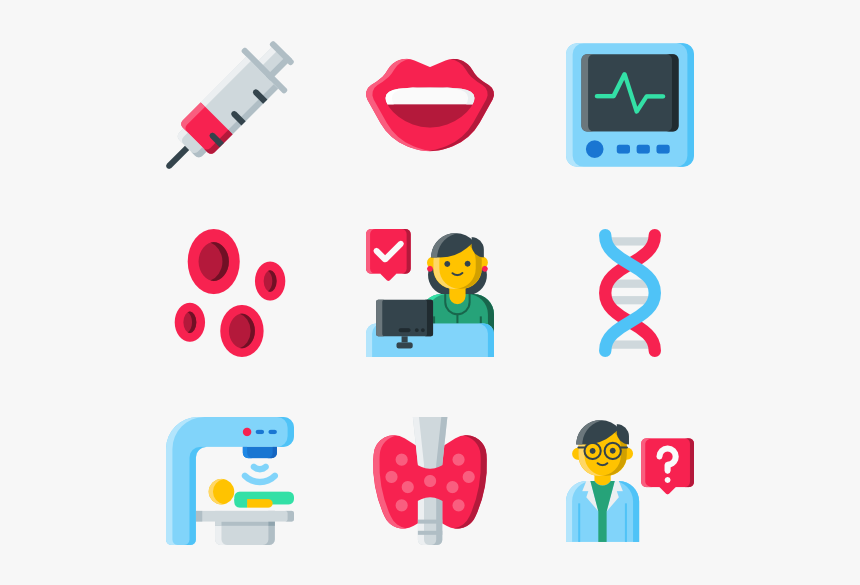Optimize Sleep for Enhanced Workout Recovery

Updated at: 2025-02-23 23:28:02 (4 months ago by Melkisedeck Leon Shine)
```htmlUnlocking Peak Performance: The Crucial Role of Sleep in Exercise Recovery
Sleep: often overlooked, yet fundamentally vital for athletic success. While the gym may be your primary focus, understanding the science behind sleep's impact on exercise recovery is paramount to maximizing your workout gains and overall well-being. This article delves into the critical connection between sleep and recovery, providing practical strategies to optimize your sleep hygiene and unlock your athletic potential.
The Restorative Power of Sleep: More Than Just Relaxation
Sleep isn't merely a period of inactivity; it's a critical phase of physiological repair and rejuvenation. During sleep, your body diligently works to repair muscle tissue damaged during exercise, rebuilds energy stores, and synthesizes crucial hormones essential for growth and recovery. Insufficient sleep compromises this process, hindering your progress and potentially leading to plateaus or even injuries.
The Negative Impacts of Sleep Deprivation on Athletic Performance
The consequences of chronic sleep deprivation extend far beyond simple fatigue. Studies consistently demonstrate a strong correlation between inadequate sleep and diminished athletic performance. Lack of sleep negatively impacts reaction time, accuracy, endurance, and overall cognitive function – all crucial elements for optimal athletic performance. Moreover, sleep deprivation can significantly impair your body's ability to regulate blood sugar, resulting in fluctuating energy levels and decreased performance during workouts.
Hormonal Harmony: Sleep's Influence on Recovery Hormones
Sleep plays a pivotal role in the regulation of key hormones that govern muscle growth and recovery. During deep sleep, your body releases Human Growth Hormone (HGH), a potent anabolic hormone that stimulates muscle protein synthesis and tissue repair. Conversely, sleep deprivation leads to reduced HGH secretion, hindering muscle recovery and growth. Simultaneously, insufficient sleep elevates cortisol levels – the stress hormone – which can accelerate muscle breakdown and impede recovery.
Injury Prevention: The Unsung Benefit of Sufficient Sleep
The link between sleep and injury prevention is often underestimated. When sleep-deprived, your cognitive functions are impaired, increasing your risk of accidents and injuries during training. Fatigue also compromises your body's ability to react swiftly and appropriately, potentially leading to strains, sprains, and other workout-related injuries. Prioritizing sleep enhances your body's resilience and reduces your susceptibility to injury.
Optimizing Your Sleep for Peak Athletic Performance
Investing in quality sleep isn't simply about hitting a specific number of hours; it's about establishing consistent sleep habits and creating a conducive sleep environment. To maximize the restorative benefits of sleep, consider these actionable strategies:
- Establish a Regular Sleep Schedule: Consistency is key. Going to bed and waking up at approximately the same time, even on weekends, helps regulate your body's natural sleep-wake cycle.
- Create a Relaxing Bedtime Routine: Wind down before bed with calming activities like reading, taking a warm bath, or practicing mindfulness exercises.
- Optimize Your Sleep Environment: Ensure your bedroom is cool, dark, quiet, and comfortable. Invest in a supportive mattress and pillows to enhance your sleep quality.
- Limit Stimulants Before Bed: Avoid caffeine and alcohol in the hours leading up to bedtime, as these can interfere with sleep onset and quality.
- Seek Professional Guidance if Needed: If you consistently struggle with sleep, consult a healthcare professional to address any underlying sleep disorders or medical conditions.
Conclusion: Prioritize Sleep, Prioritize Recovery
In conclusion, understanding the science behind sleep's impact on exercise recovery is crucial for any athlete striving for peak performance. By prioritizing sleep and implementing effective sleep hygiene strategies, you can significantly enhance your recovery process, reduce injury risk, and unlock your full athletic potential. Remember, recovery is an integral component of athletic training – it’s not merely a passive phase, but an active process essential for sustained improvement and optimal results. Make sleep a non-negotiable part of your training regimen.
Share your thoughts and experiences in the comments below. What sleep strategies have worked best for you? Let's learn from each other!
```


